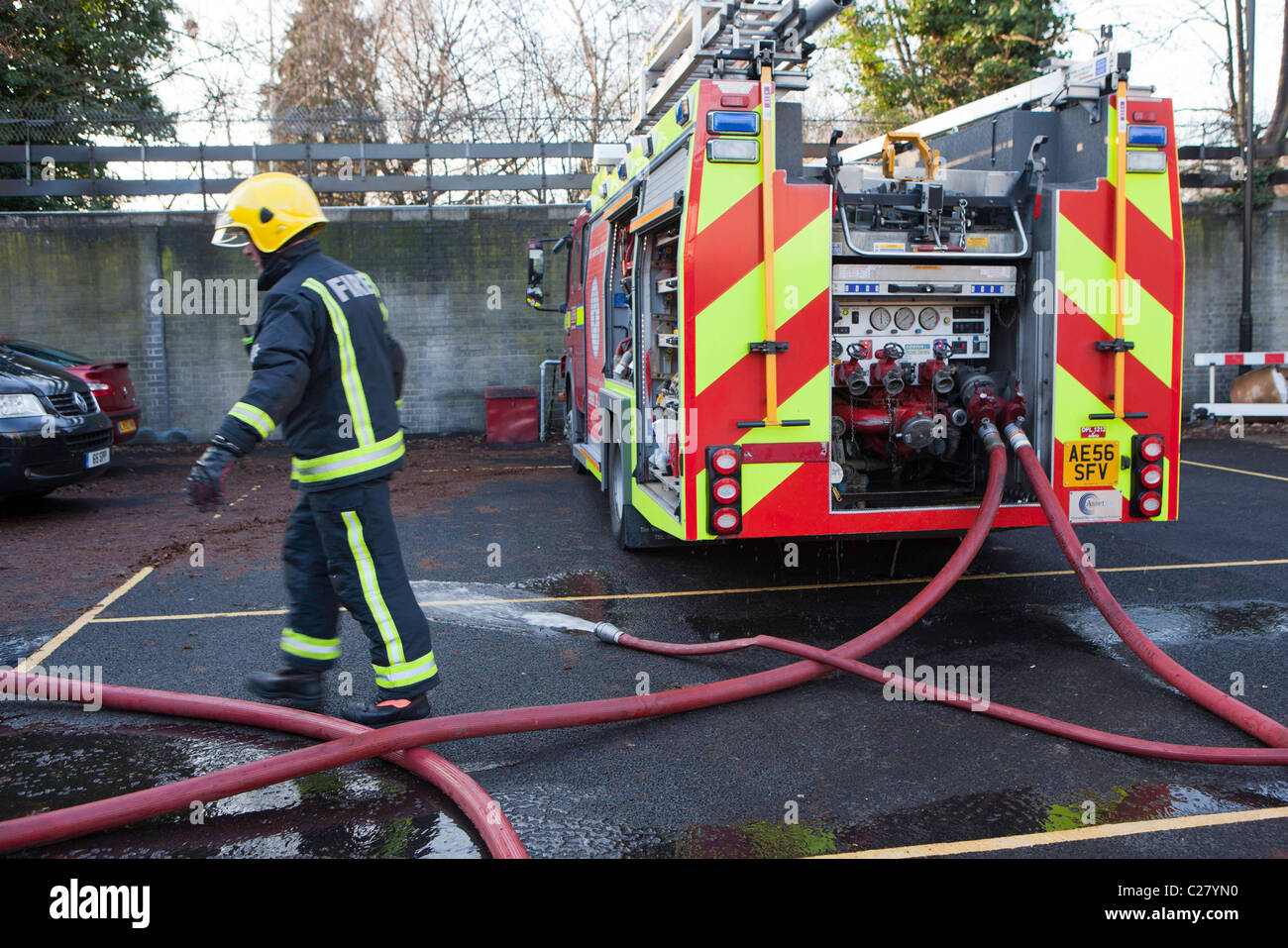Complete Guide to Fire Suppression Systems and Emergency Preparedness
Complete Guide to Fire Suppression Systems and Emergency Preparedness
Blog Article
Protecting people and property from fire hazards is a top priority. Uniting equipment and skill development is the best strategy to respond effectively to emergencies. Sprinkler systems and fire brigade training create a unified safety plan to reduce damage.
Understanding How Sprinklers Work
Sprinkler systems are designed to respond to fires. These systems activate upon detecting heat to spray water. Water dispersion units activates independently, preventing unnecessary damage.

Main parts of fire safety networks include:
- Sprinkler heads: Spray water directly.
- Water distribution systems: Deliver water throughout the building.
- Control panels: Manage fire detection.
- Primary water supplies: Ensure readiness during emergencies.
The Importance of Emergency Preparedness
While sprinkler systems offer automatic protection, team readiness is key to comprehensive safety. Team training sessions teach individuals to respond effectively and support automatic systems.

Primary aspects of team readiness drills include:
- Understanding fire risks: Educating about potential dangers.
- Exit strategy training: Improving exit coordination.
- Fire response exercises: Training in using equipment.
- Communication and teamwork: Improving team effectiveness.
treinamento brigada
chuveiro sprinklerdetectores de fumaça e sprinklers
How Sprinkler Systems and Fire Brigade Training Work Together
Combining sprinkler systems with fire brigade training creates a robust fire safety plan. While sprinklers suppress fires rapidly, trained fire brigades manage complex situations.

In tandem, these strategies provide peace of mind in homes and apartments, commercial properties, and manufacturing plants alike.
Final Thoughts on Fire Safety
Automatic fire systems and emergency drills work together seamlessly. Investing in these measures ensures preparedness for fire-related incidents.
Start improving your fire safety plan now by installing sprinkler systems. Reliable tools and knowledgeable responders ensure safety!
Report this page